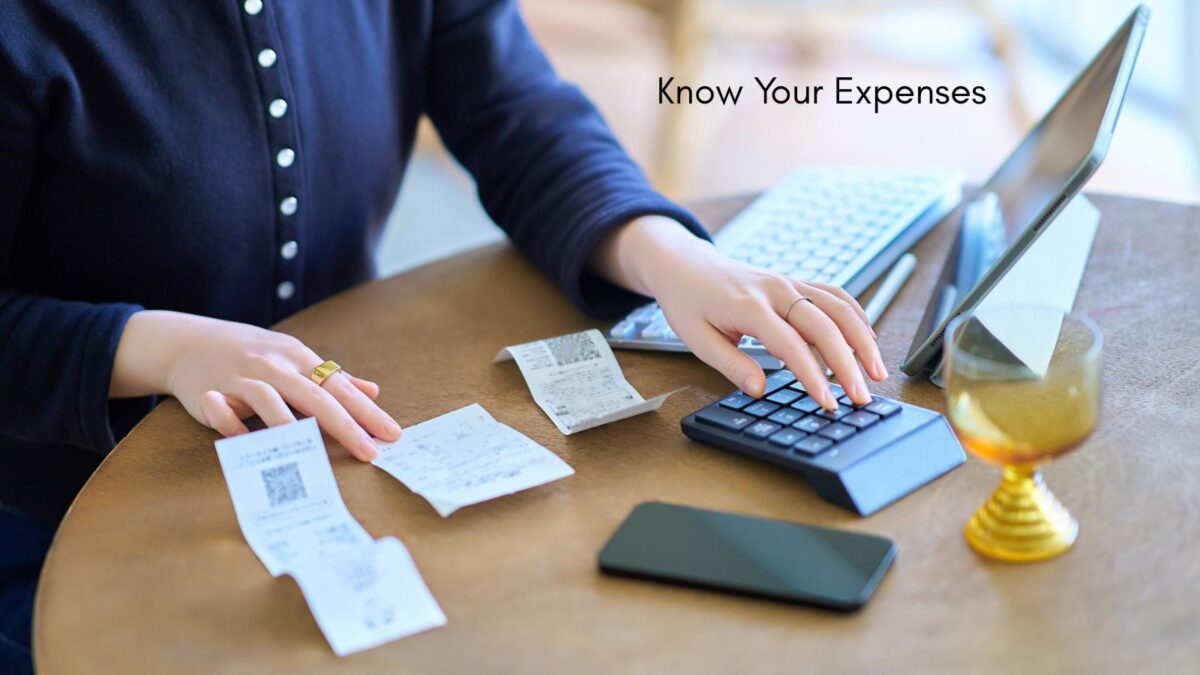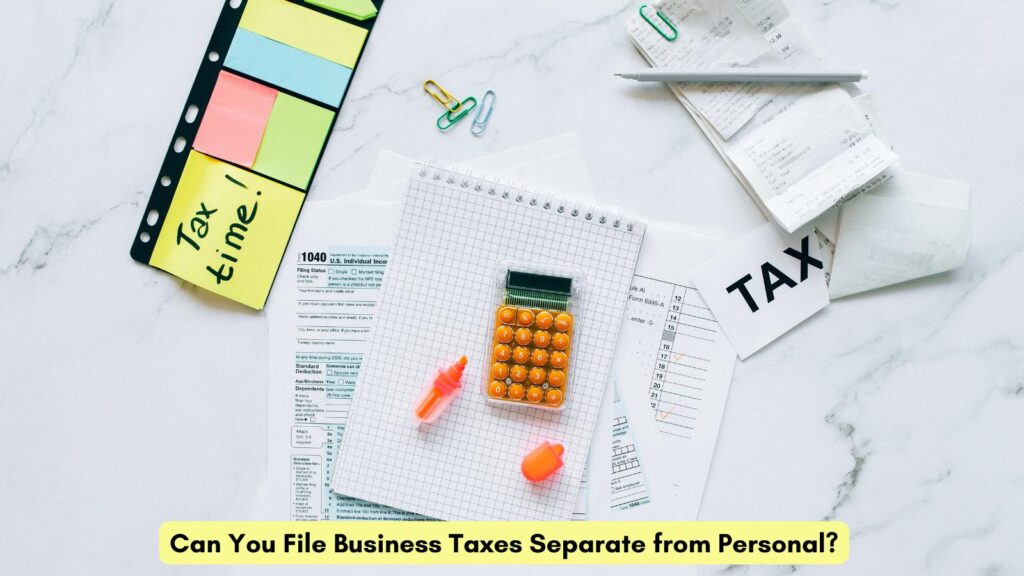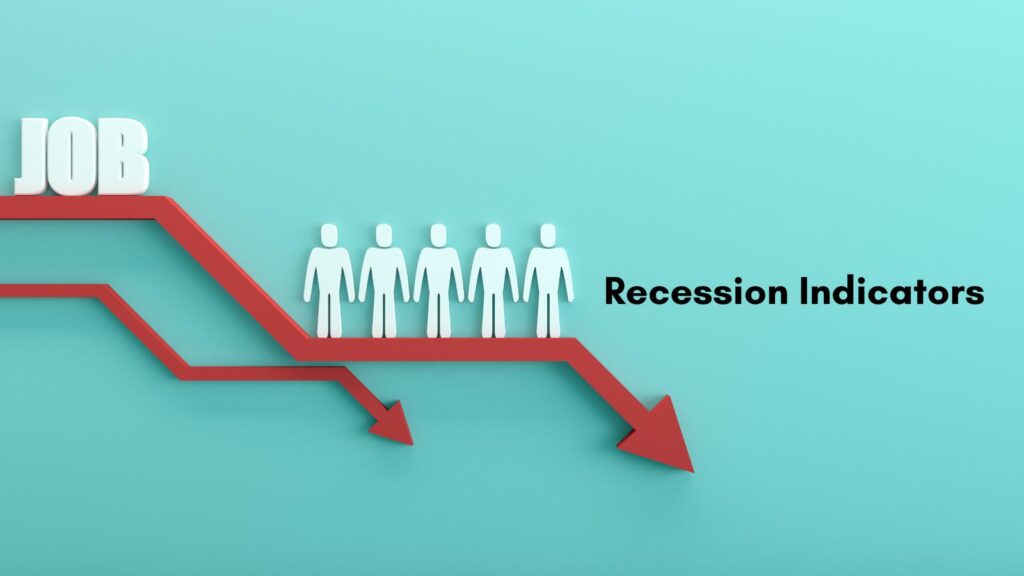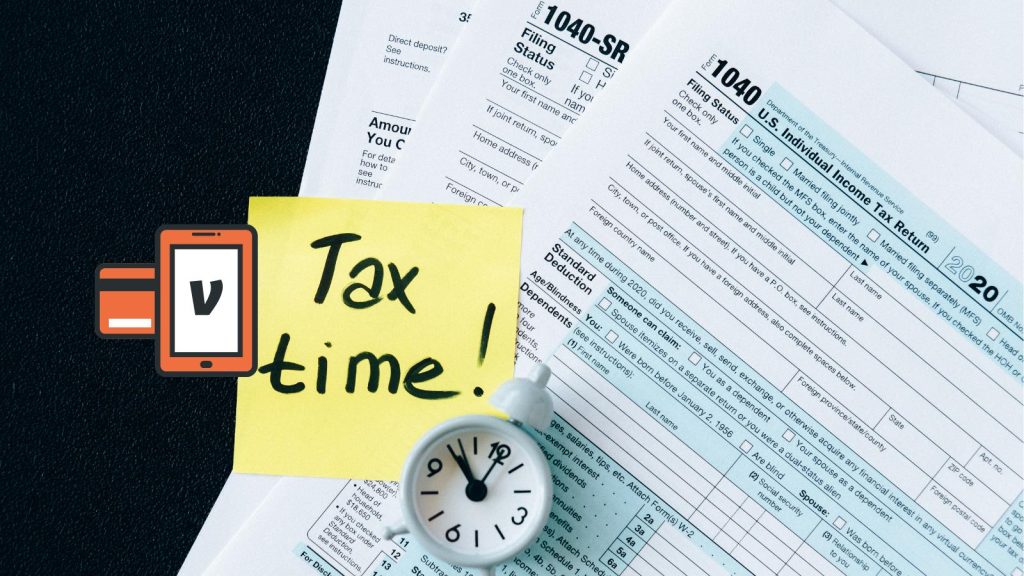Taxes feel lighter when you keep more of your own cash. That is the promise of small business deductions, which lower your taxable income, resulting in a lower tax bill.
Rules can change each year, so confirm the current IRS guidance for 2025 before filing. Of course, having a good tax accountant can help you through this, as I learned last year.
In this quick guide, you will get a short list of standard deductions, easy recordkeeping tips, and a few quick wins you can use right away.
Table of Contents
What are tax deductions, and how do they lower your tax bill?
Tax deductions are costs that are ordinary and necessary for your trade. They reduce taxable income, not tax dollar for dollar. If you spend 1,000 dollars on eligible expenses, your taxable profit drops by that amount.
Expenses must be business-only. Split any mixed-use cost by a reasonable method. Sole proprietors report on Schedule C. Partnerships and S corporations file business returns, then pass results to owners.
As you read, keep a mental checklist: is this ordinary, necessary, and documented?
The basic rule: ordinary and necessary expenses
“Ordinary” means common for your type of work. “Necessary” means helpful and appropriate.
Examples include software subscriptions for client work, advertising and marketing to generate sales, and supplies.
Startup expenses might also qualify if they are ordinary and necessary, especially for new ventures. Some industries have unique costs, but they can still qualify if the expenses are required for the job.

Who can claim them, and where they show up
Self-employed individuals must carefully track these deduction costs. Sole proprietors use Schedule C with their individual return.
Partnerships and S corporations report income and expenses, then distribute these items to their owners on year-end forms. Keep your entity type in mind as you organize records.
Business vs personal: keep a clean line
- Use a dedicated business bank account.
- Label expenses the day they occur.
- Split mixed-use items by a reasonable method, such as percent of use, time, or square feet.
Top Small Business deductions to review before you file
Focus on the tax deductions you already use, and tighten proof. Rates and special rules can change, so check the IRS for 2025.
Simple steps, done now, help you claim more and stay compliant.
Home office and internet costs
A home office must be used exclusively and regularly for business. For the home office deduction, you can use a simplified method or actual expenses.
A fair share of internet and phone is deductible for business use. Keep a simple floor plan or note of square feet to support your claim.
Vehicle, travel, and meals for Small business Deductions
Choose standard mileage or actual vehicle expenses, then maintain a detailed mileage log. Commuting is not deductible for your small business.
Travel tied to a clear business purpose can be deductible. Most business meals are 50 percent deductible, and your receipt should clearly indicate who attended and the purpose of the meal.
Equipment, software, and subscriptions
Many items can be expensed in the year you place them in service using the Section 179 deduction, subject to limits. Larger purchases may be depreciated over a period of time.
Examples of these small business deductions include:
- Laptops
- Cloud software
- Bookkeeping apps
Save purchase receipts and onboarding emails as proof of transactions.
Beyond equipment, other deductible operating costs include employee salaries, business insurance, and business interest, with specific rules governing the deduction of business interest.
Recordkeeping and filing tips to maximize Business deductions and reduce audit risk
You do not need perfect books. You need proof that is easily accessible. Set simple habits now to maximize your business deductions at filing time.
If you are unsure, check the 2025 IRS guidance or consult with a tax professional.
Set up simple books and a separate account
Use one checking account for the business. Pick a basic bookkeeping app.
Hold a weekly 20-minute money check-in to tag expenses and upload receipts.
Keep the proof the IRS asks for
Keep these items in one digital folder: receipts with details of who, what, when, where, and why; mileage logs; invoices; bank and credit card statements; and home office notes.
File smart for the 2025 tax season.
Pick a mileage or actual cost method early to track vehicle expenses and stick with it for each car. Many self-employed owners must pay quarterly estimated taxes.
For tax planning, maximize deductions through retirement plan contributions. Review IRS Publication 535 and consult a CPA when a situation is unclear; note that these legal and professional fees are deductible for tax return filing purposes.
Conclusion: Small Business Deductions You Can Take
Deductions help you keep more profit where it belongs, in your business. Your next steps: gather last year’s receipts and statements, mark the top deductions to review, and set a date to talk with a tax pro or confirm 2025 rules.
Make these moves now, and you will keep more of what your business earns.




